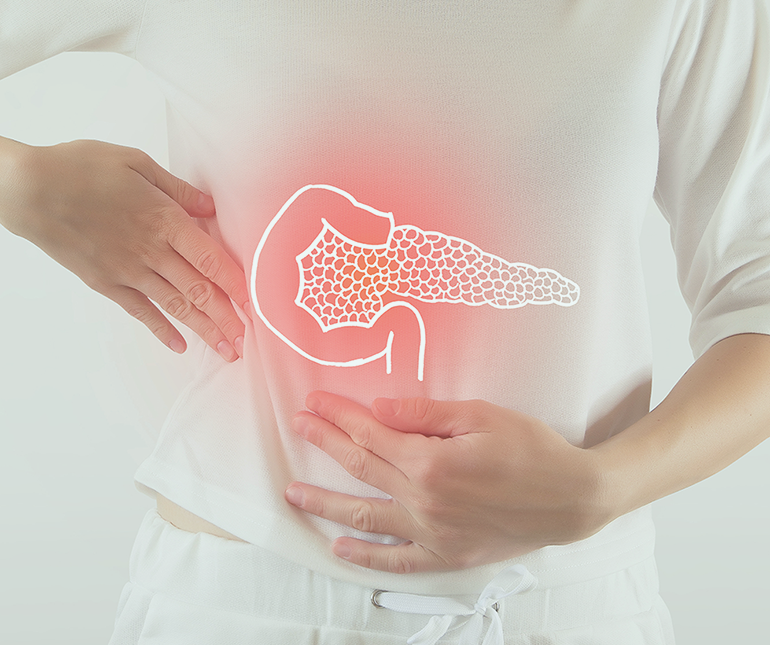Pancreas surgery

The pancreas is situated in the upper left side of the abdomen, behind the stomach. It is enclosed by liver, spleen and small intestine. It is a pear-shaped organ of about six to ten inches length and rests horizontally across the abdomen. It is spongy to touch.
Function of Pancreas
Pancreas is a vital organ and it is the only gland in the body which performs both, the endocrine as well as exocrine functions.
As Endocrine Gland
As the endocrine gland, the pancreas has ‘islets of Langerhans’ which secretes hormones, directly into the bloodstream. These hormones play a crucial role to maintain the blood sugar profile in check.
As Exocrine Gland
The pancreas secretes enzymes, trypsin and chymotrypsin, into the pancreatic duct. Altogether, with enzymes from liver and gall bladder, it enables the body to digest carbohydrates, proteins and fats.
Common Pancreatic Diseases
Pancreatitis – It is the inflammation of pancreas, and it arises when the enzymes secreted by it starts to digest itself. It may either be acute, which lasts for a few days, or it may be chronic, which develops for a prolonged period of time.
Pancreatic Cancer – It can either be pancreatic adenocarcinoma, in which an exocrine tumour develops from the lining of pancreatic duct or it could be endocrine tumors, which affects the islets of langerhans.
Pancreas Surgery
Operation for pancreas is done either for pancreatitis or to remove tumors. In case of acute pancreatitis, oral medication may be enough, but when it is chronic, surgery becomes inevitable. Similarly, pancreatic tumours may either be malignant or benign. Pancreas surgery mostly involves removing the damaged portion. It also aims to eliminate any future risks of the same, occasionally by removing the gallbladder.